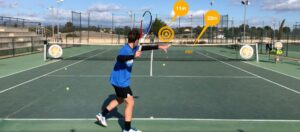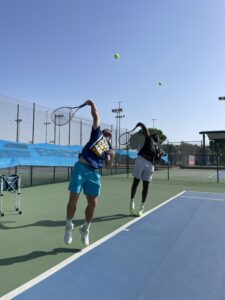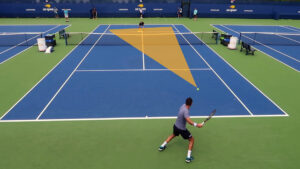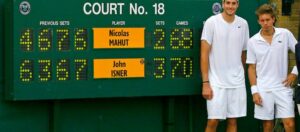Instead of playing well, focus on something else: MAKE YOUR OPPONENTS PLAY BAD. Choose the strategy of maximizing (making more dangerous) your weapons and minimizing (making less visible) your weaknesses. That means you will constantly be in a position to hit your favorite shots and NOT the ones that bother you.
At the same time try to maximize your opponent’s weak sides and minimize their strong sides. Try to get your opponent to make the shots that he does not like and in an awkward position. The best scenario would be to work with your weapons against the weaknesses of the opponent. And if you want to go up one more step: use the opponent’s strategy against the same opponent (That last sentence may seem absurd but it makes sense and we will develop it separately in another article).
Later comes how to make the opponent not use their weapons and play with their secondary shots.
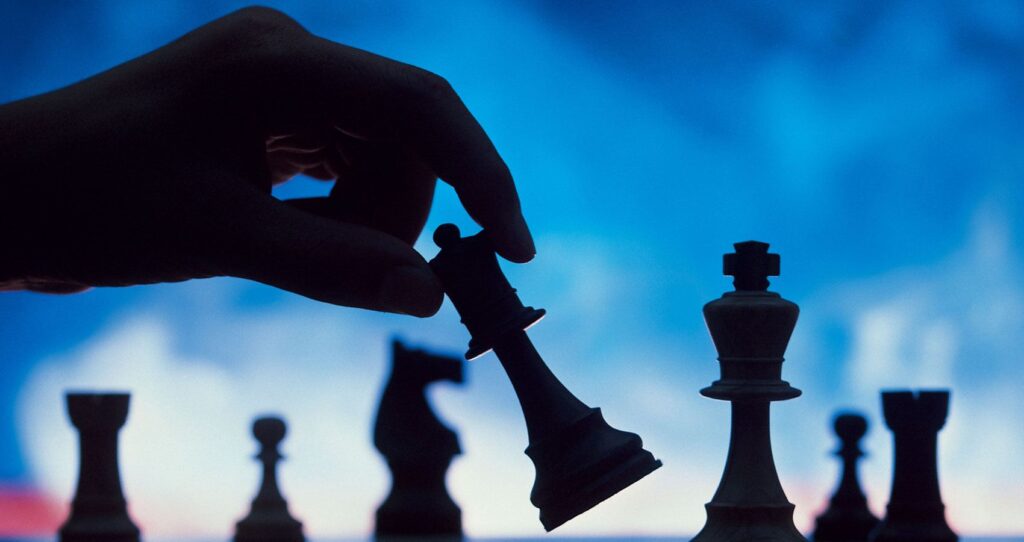
What happens on the court?
To come up with a good strategy you have to understand what is happening in the match – with your game, with your opponent’s game, and with the encounter between the two. My coach told me: “Always ask yourself in the match, who chooses the patterns?” That means finding out why points are lost or earned? What is happening on the court?

Are you losing points because you get knocked off the court with a high ball and heavy topspin? Does your opponent attack you with the forehand if you leave the ball short? Are your shots falling short? Does your opponent go in to return your second serve? You are loosing in the baseline game? Volley? He passes you if you go up to the net (down the line or crosscourt)? Does he try to play more inside out forehand? Does he have some really good groundstrokes until you raise the rhythm or move him around? What style of game does he have – defensive, aggressive, creative, passive, alternating rhythms?
A correct strategy, with which you can cope with the situation, is finding out what happens on the court? You must learn to find the answer. And that skill is honed by working at it.
In the middle and low levels people do not realize what is happening on the court. To such an extent that once a student of mine hadn’t even realized that he was playing with a lefty until the end of the first set. Then he would say: “Now I understand why such strong topspin shots were coming from his backhand!” He was hitting the opponent’s forehand thinking it was the backhand. He could not realize the evident reality on the court. Don’t make the same mistakes to a greater or lesser degree.
The key to the lock
Each tennis player’s game is like a lock. Without the key it is difficult to force it, but with the right combination (the key) it opens much more easily. The fact of knowing what happens on the court, gives us that key.
Analyze other players, matches, when you see it possible. See what kind of shots they do, what they should do, how, when… Look at the small details: How does one player beat the other? With what? This way of seeing the other players gives you a lot of information to improve your mental game and decode games.
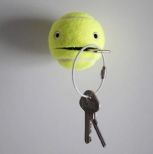
The best lie detector: Pressure
If you look at the players, you are going to notice that they have predictable streaks at any given time. Especially under pressure. The pressure is the best screen to see all the secrets of your opponent. It is the moment when the shots speak the whole truth about themselves. When an important point is at stake, what does your opponent do? What he does is avoid (or try to avoid) the shot with which he does not feel safe. It’s when you see his errors with a microscope. It’s when you see the real tennis of him.
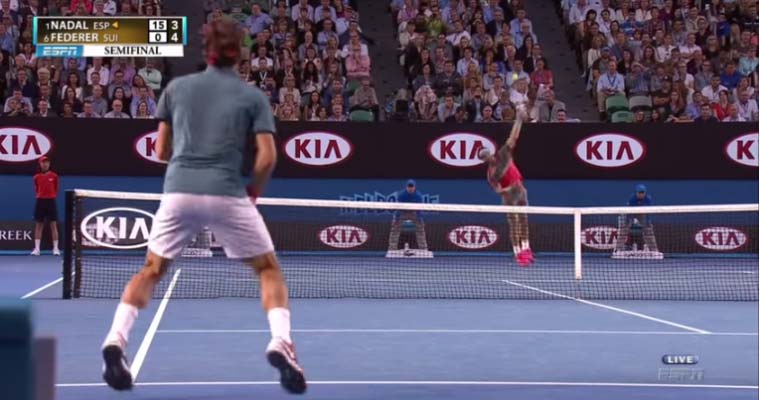
Here’s how the pressure works: When a player with a dubious backhand is leading 4/2, he can hit some good shots on that side. Ok. No pressure, right? He is relaxed and getting into the strokes. But when he goes 2/4, this same backhand can get a little off balance and become nervously insecure. And I no longer tell you in a set point. Forget this! The pressure goes to the heart of the stroke. Under pressure, your opponent will try everything to avoid the shot with which he is uncomfortable. And you must know what shot this is, to force him to use it again and again.
For example, if your opponent’s backhand is not quite good, he will try to use an inside out forehand when an important point is played. It is when you have to open him to his right, leaving the court open, and the next shot play to his backhand so that he does not have a chance to go around the ball. And if he still tries to hit a forehand, he will do so from an unbalanced position without being able to take advantage of his weapon against you.
That’s how you have to use the information about your opponent against your opponent.
Investigate!
Do your own research. Never ask other players! If you are watching a game, or a training session, of your possible opponents, pay attention to: Where do they make mistakes? Where do they like to play? Do they have a good overhead but miss the volley? Do they hit the forehand crosscourt very well but miss the down the line? Do they run better sideways and badly back and forth? Do they have a strong first serve but a very weak second? Do they hit a lot of backhand balls at a low pace but fail when you push them up the pace or move them? Do they attack short balls (on which side)? How bad/good is their mental game (how do they pick their shots)? and… WHAT ARE THEY DOING UNDER PRESSURE?

Look at the patterns they have in the game. How do they earn points, when? How do they lose points? What style do they have? And also … What happens to them when they have more confidence, when they lose it (on which side do they play better, do they take risks)? What fails them when they lose confidence?
See what they do with advantages, set points, match points. By doing all of this, you will see their good and bad streaks and when and why they have them. All that you will use later to build your strategy against them, before and during the match.
Know yourself (and your own game)
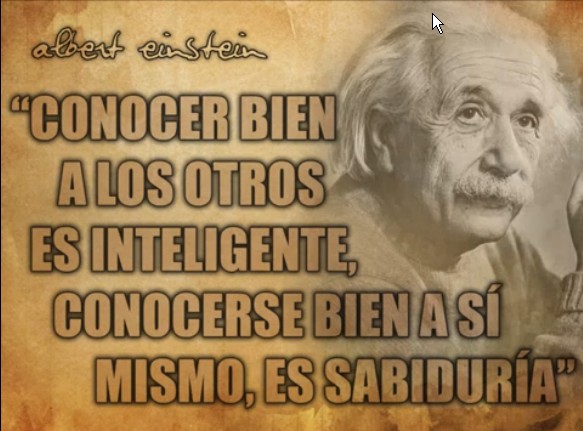
Do to yourself, what you do to others (analyze). Study your own game. You may think that you know your weapons and your weaknesses, but you are probably wrong and are not as good (or as bad) as you think. Do the study of your own matches.
Write down your failures, your doubts, your weapons… be objective: Do not be afraid, proud, to accept that you have a bad side, and do not be ashamed to say that you have good things. (And do in training what you do not like: what you do not like is what you do not have well taken. WORK IT!) Work your mistakes. You will have time in games to “show off” (and be careful with that feeling) with your weapons.
Double is ignorance when it is also blind
The most effective athletes are those who know their weaknesses. Of course they know what they are capable of, what they have well worked on. But, just as important, is knowing what you can NOT do.
Know your possibilities. Develop your weapons. Cover, reduce, your weak sides (improving or looking for alternatives). And about all this, if you have doubts (I suggest: ask, not whine, complain or get angry) talk to your coach. But in addition to knowing it, you have to understand your weapons and your weak sides yourself.
If you understand your own game better, your results will be better. You will know clearly what you have to work with. Your strategies on the court will be clearer and less improvised.
Take a notebook and make notes!
And, of course, the best time to to take a note is any time. Always dedicate some time to review what just happened in the game, in training, or in your day to day. What have you done wrong or right (these two concepts being simply your subjective perception)? Write down some new information about your opponent. Why have you won or lost? It’s amazing how perceptive you can be if you just look at it.
That’s how you have to use information about the players to beat them. See. Analyze. Apply. Later I will give you the keys to the locks on the players of different styles: How to play with each of those styles.





